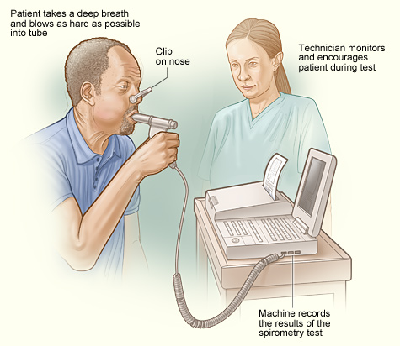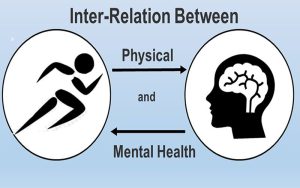
Respiratory conditions are prevalent in today’s society, affecting millions of individuals worldwide. These conditions can vary in severity and may lead to significant health implications if left untreated. Two common respiratory conditions that many individuals face are asthma and chronic obstructive pulmonary disease (COPD). In this article, we will delve into these conditions, understanding their causes, symptoms, and available treatment options.
Understanding Asthma
Asthma is a chronic inflammatory condition that affects the airways, causing breathing difficulties. It is often triggered by allergens such as dust mites, pollen, or pet dander, as well as environmental factors like pollution. When exposed to these triggers, individuals with asthma experience inflammation, leading to swelling of the airway linings and increased mucus production.
The symptoms of asthma can range from mild to severe and may include wheezing, coughing, chest tightness, and shortness of breath. In some cases, asthma attacks can be life-threatening and require emergency medical attention.
Fortunately, there are effective treatment options for asthma management. Inhalers, such as bronchodilators and corticosteroids, are commonly prescribed to control symptoms and reduce inflammation. Additionally, avoiding triggers and maintaining a healthy lifestyle can significantly improve the quality of life for asthma patients.
Unveiling COPD
Chronic obstructive pulmonary disease (COPD) is a progressive lung disease characterized by poor airflow, making it difficult to breathe. The primary cause of COPD is long-term exposure to irritants, such as cigarette smoke, air pollution, and chemical fumes. Over time, these irritants damage the lung tissue, leading to the development of COPD.
COPD typically manifests as a combination of two conditions: chronic bronchitis and emphysema. Chronic bronchitis involves the inflammation of the bronchial tubes, causing persistent coughing and excessive mucus production. Emphysema, on the other hand, affects the air sacs in the lungs, reducing their elasticity and impairing proper oxygen exchange.
Individuals with COPD often experience symptoms such as shortness of breath, coughing with mucus, fatigue, and frequent respiratory infections. As the disease progresses, these symptoms worsen and significantly impact daily life.
While COPD is a chronic condition and cannot be cured, there are various treatment options available to manage its symptoms and slow down its progression. Inhalers, oxygen therapy, and pulmonary rehabilitation programs are commonly recommended.
Improving Respiratory Health
Whether dealing with asthma or COPD, managing respiratory conditions requires a comprehensive approach. Here are a few tips to improve respiratory health:
1. Avoid triggers:
Identify and avoid triggers that worsen your symptoms. This may include respiratory irritants, allergens, and pollutants.
2. Quit smoking:
If you are a smoker, quitting smoking is crucial for minimizing respiratory symptoms and preventing further damage to your lungs.
3. Maintain a healthy lifestyle:
Eat a balanced diet, exercise regularly, and get enough rest to boost your overall health and strengthen your respiratory system.
4. Follow your prescribed treatment plan:
Consistently take your prescribed medications as directed by your healthcare provider to effectively manage your condition.
5. Stay informed:
Keep yourself updated on the latest advancements in respiratory treatment, and consult your healthcare provider for any concerns or questions you may have.
In conclusion, respiratory conditions like asthma and COPD can present significant challenges to those affected. By understanding the causes, symptoms, and available treatment options, individuals can take proactive steps to manage their condition and improve their quality of life. Remember, always consult with a healthcare professional for personalized advice tailored to your specific needs.

